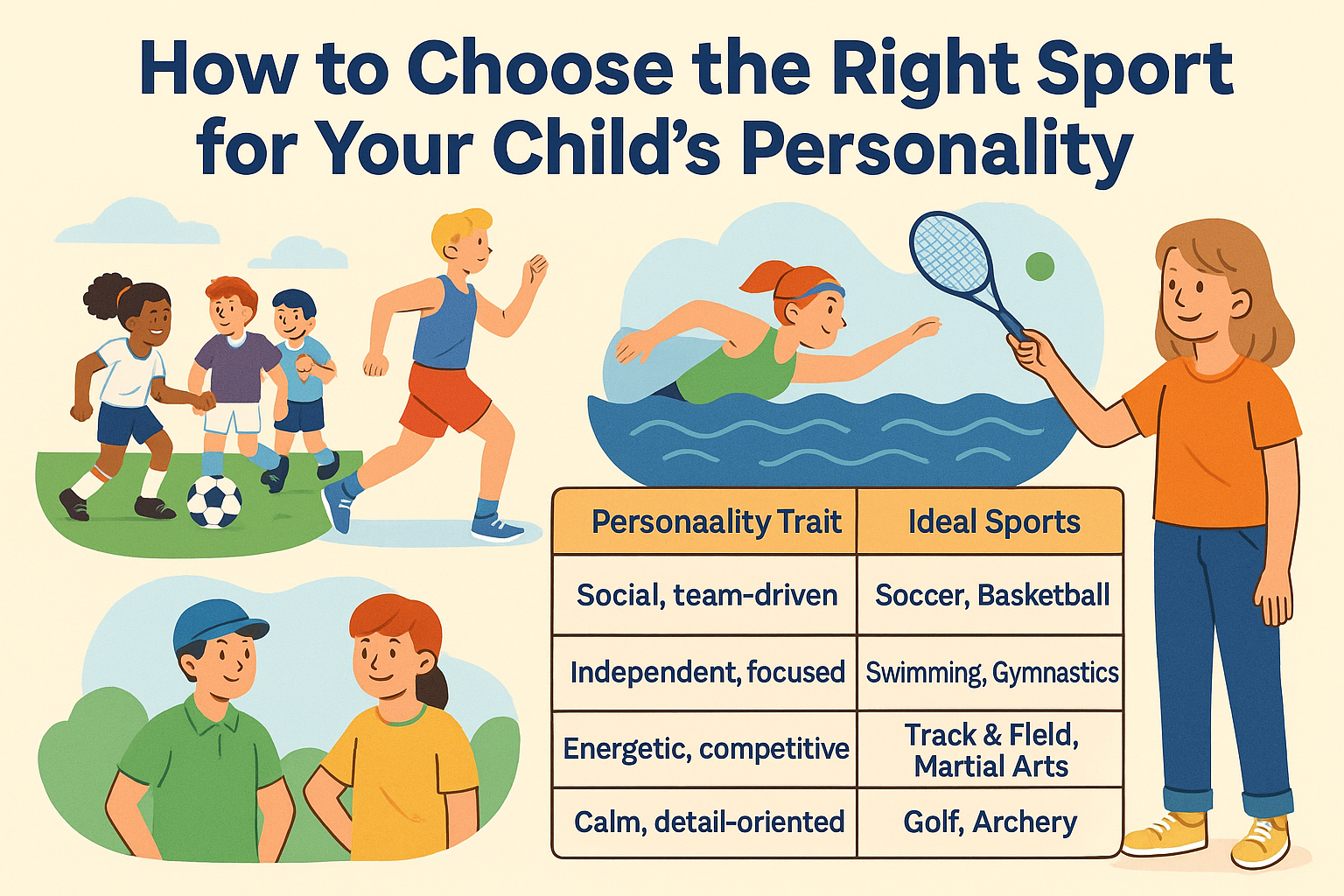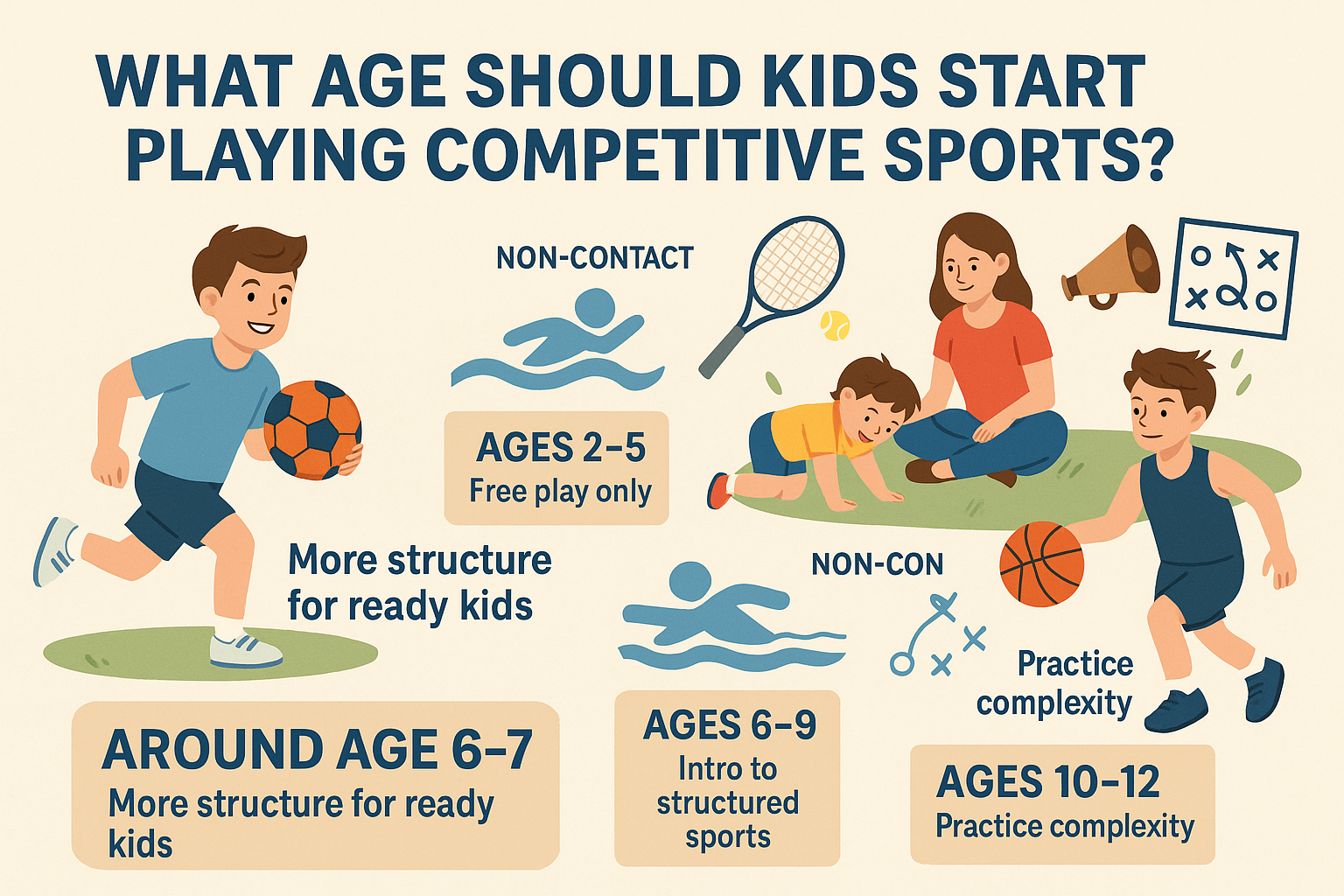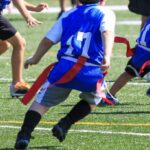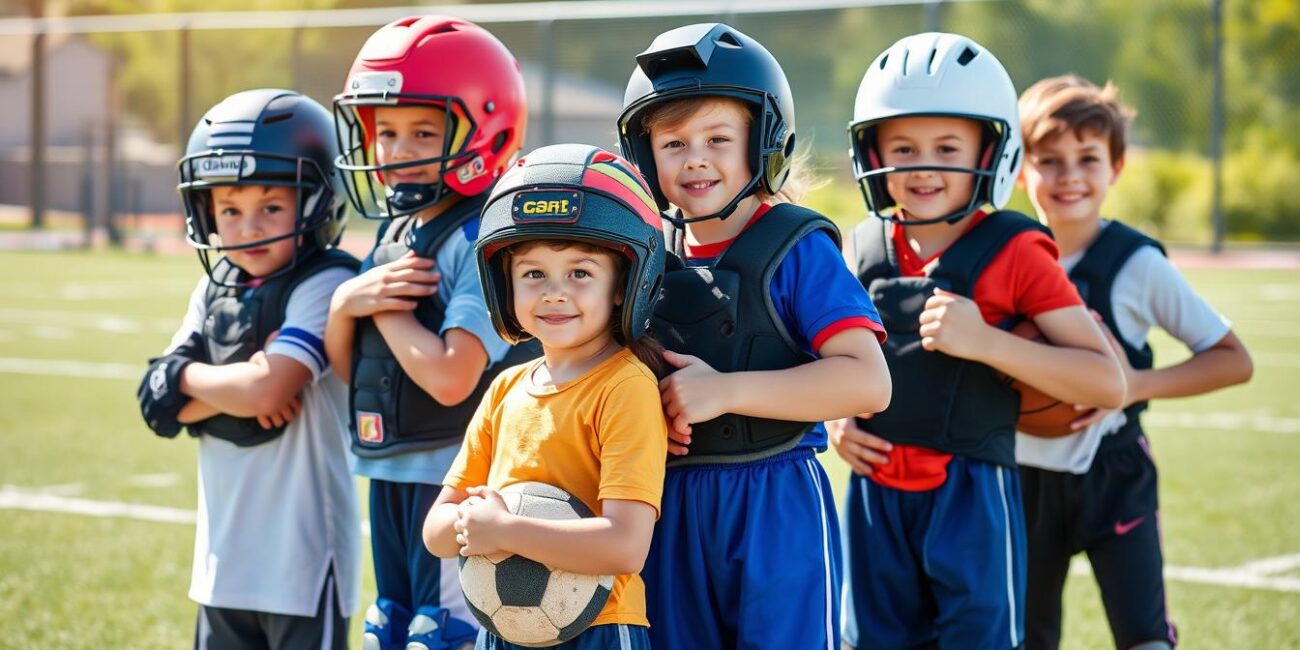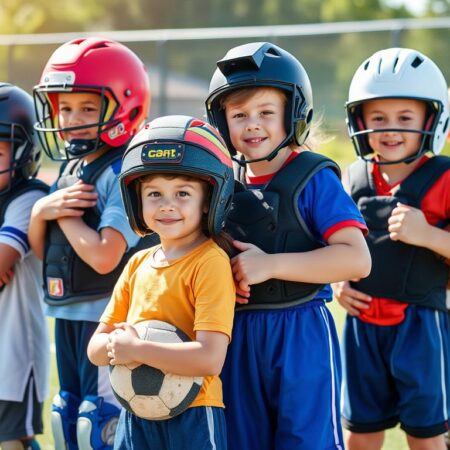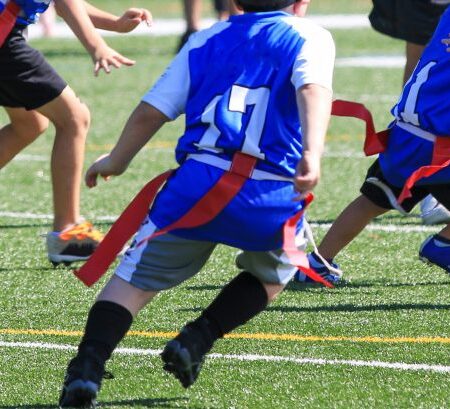When it comes to youth sports, safety should always be the top priority. The right protective equipment can make all the difference in preventing injuries and giving parents peace of mind while their children enjoy the activities they love. With advancing technology and improved safety standards, 2025 brings innovative options for youth sports safety gear that offer better protection than ever before. This comprehensive guide will help you navigate the essential protective equipment for various youth sports, ensuring your young athlete stays safe while having fun.
Why Quality Safety Gear Matters in Youth Sports
Youth sports injuries account for over 2 million emergency room visits annually, with many being preventable with proper protective equipment. The developing bodies of young athletes are particularly vulnerable to injuries that could have long-term consequences. Investing in high-quality safety gear is not just about immediate protection—it’s about safeguarding your child’s future athletic potential and overall health.
Key Statistics: According to the CDC, more than 50% of all sports injuries in children are preventable with proper equipment and training. High school athletes account for approximately 2 million sports injuries, 500,000 doctor visits, and 30,000 hospitalizations each year.
The right safety gear does more than just prevent injuries—it can also boost a young athlete’s confidence. When children feel protected, they’re more likely to fully engage in their sport without fear, helping them develop skills more effectively. Let’s explore the essential protective equipment every young athlete needs in 2025.
Top-Rated Youth Sports Helmets for 2025
Helmets are perhaps the most critical piece of safety equipment for many youth sports, protecting against potentially life-threatening head injuries. The latest 2025 models offer advanced protection with improved comfort and fit.
Football Helmets
Football presents some of the highest risks for head injuries among youth sports. The newest football helmets incorporate impact-absorbing technology that significantly reduces concussion risks.
ProShield Youth Football Helmet
The ProShield features multi-layered impact absorption technology with a customizable fit system. It exceeds NOCSAE safety standards and includes the new IntelliSense impact monitoring system that alerts coaches to significant hits.
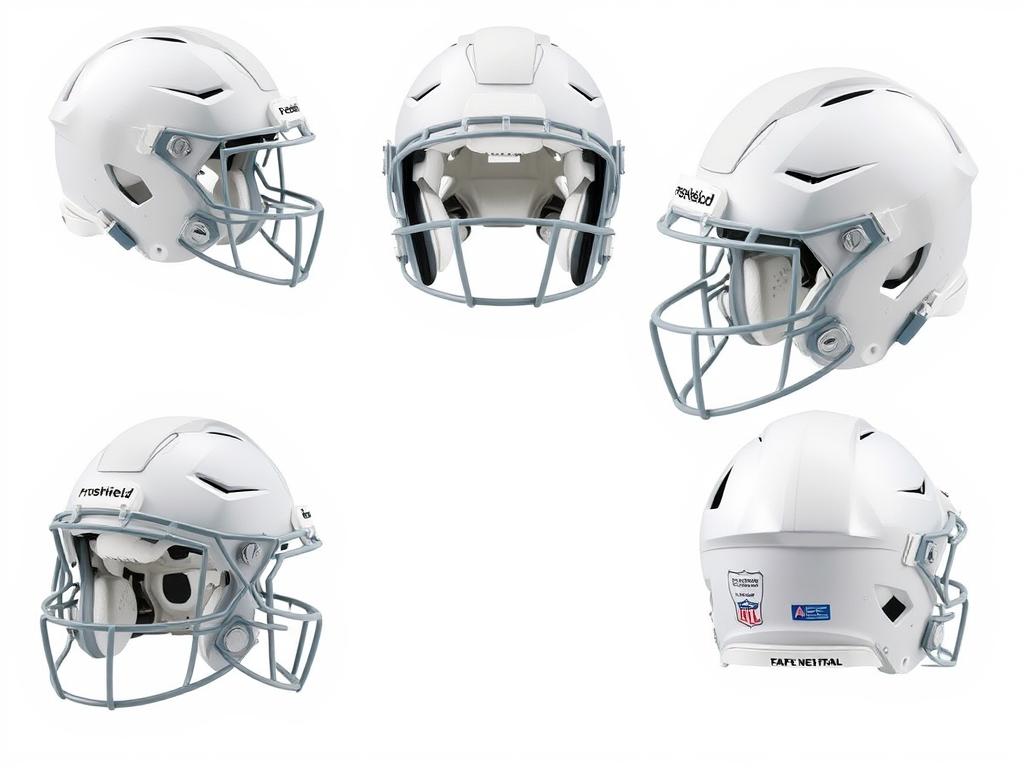
Pros
- Advanced impact distribution system
- Integrated sensor technology
- Lightweight design (25% lighter than previous models)
- Extended coverage around temporal area
Cons
- Premium price point
- Requires app for full sensor functionality
- May need professional fitting
Baseball/Softball Batting Helmets
Modern batting helmets now feature extended ear and jaw protection without sacrificing visibility or comfort. The 2025 models include improved ventilation systems to keep young players cool during hot games.
DiamondGuard Youth Batting Helmet
This NOCSAE-certified helmet features a full-coverage design with extended jaw protection and a reinforced shell that can withstand impacts up to 70 mph. The moisture-wicking liner keeps players comfortable during long games.
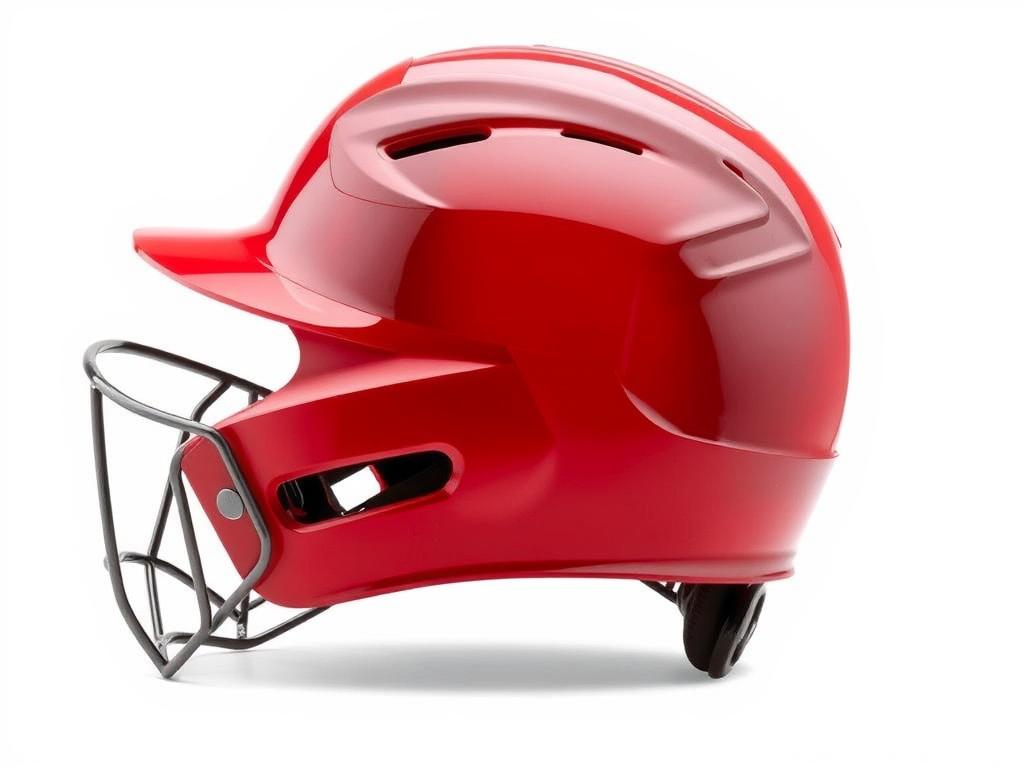
Pros
- Dual-density foam for superior protection
- Removable, washable padding
- Extended coverage without visibility restriction
- Available with or without face guard
Cons
- Slightly heavier than basic models
- Limited color options
- Face guard sold separately in some packages
Cycling/Skating Helmets
Multi-sport helmets for cycling, skating, and scootering have seen significant advancements in 2025, with models that adapt to different activities while maintaining optimal protection levels.
SafeRoll Multi-Sport Youth Helmet
The SafeRoll features MIPS (Multi-directional Impact Protection System) technology that reduces rotational forces during angled impacts. Its adjustable fit system grows with your child, making it a long-lasting investment.
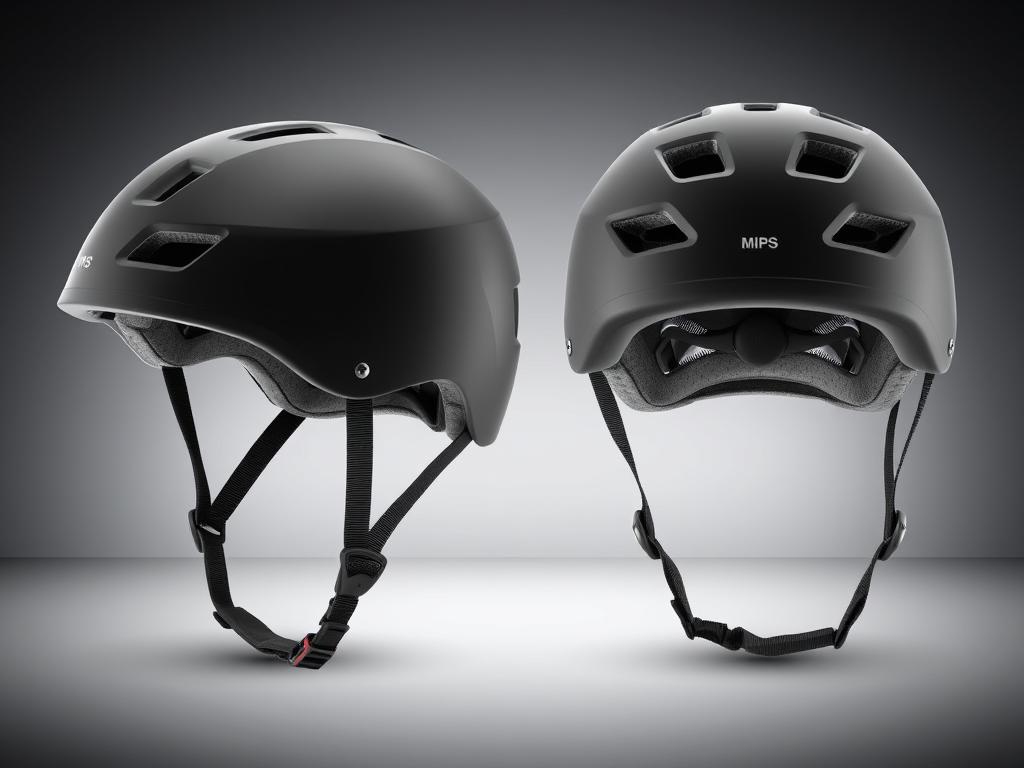
Pros
- CPSC and ASTM certified for multiple sports
- MIPS technology reduces concussion risk
- One-hand adjustment system
- Removable visor included
- Extended size range fits ages 3-14
Cons
- Higher price point than basic helmets
- Limited to lighter impacts (not for motorized sports)
- Some users report strap comfort issues
Helmet Safety Reminder
Remember that any helmet involved in a significant impact should be replaced immediately, even if there’s no visible damage. Most helmets should be replaced every 3-5 years, regardless of visible wear.
Essential Protective Pads for Youth Athletes
Protective pads are crucial for preventing injuries to vulnerable joints and body areas during sports activities. The 2025 lineup of youth pads features improved materials that offer better protection while maintaining flexibility and comfort.
Knee and Elbow Pads
Modern knee and elbow pads use advanced impact-absorbing materials that harden on impact but remain flexible during normal movement, providing the best of both worlds for young athletes.
FlexGuard Youth Knee & Elbow Pad Set
These pads feature reactive polymer technology that remains soft and flexible during normal movement but instantly hardens upon impact. The breathable mesh backing prevents overheating during intense activity.
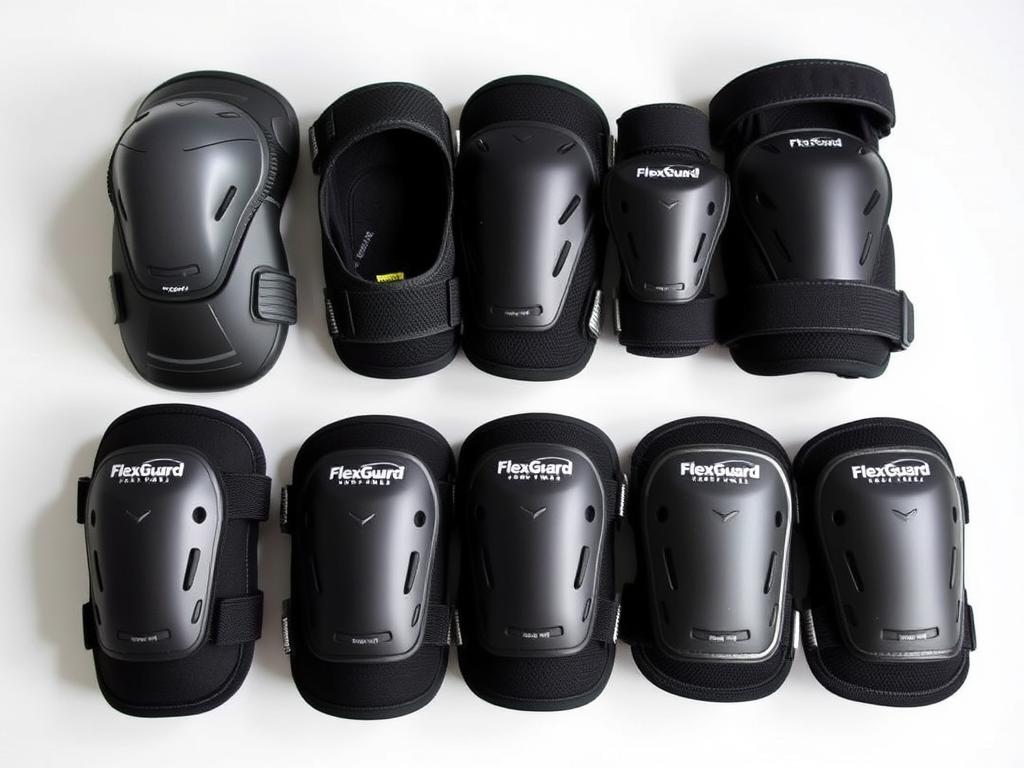
Pros
- Reactive polymer hardens on impact
- Machine washable (air dry)
- Anti-slip silicone bands prevent shifting
- Available in three youth size ranges
- Breathable mesh reduces sweating
Cons
- More expensive than basic foam pads
- May run small (size up recommended)
- Limited color options
Shoulder Pads
Youth shoulder pads have evolved significantly, with 2025 models offering better protection while being lighter and less restrictive than previous generations.
ImpactShield Youth Shoulder Pads
These football/lacrosse shoulder pads use a cantilever design that distributes impact forces away from the shoulder joint. The lightweight composite materials provide excellent protection while being 30% lighter than traditional pads.
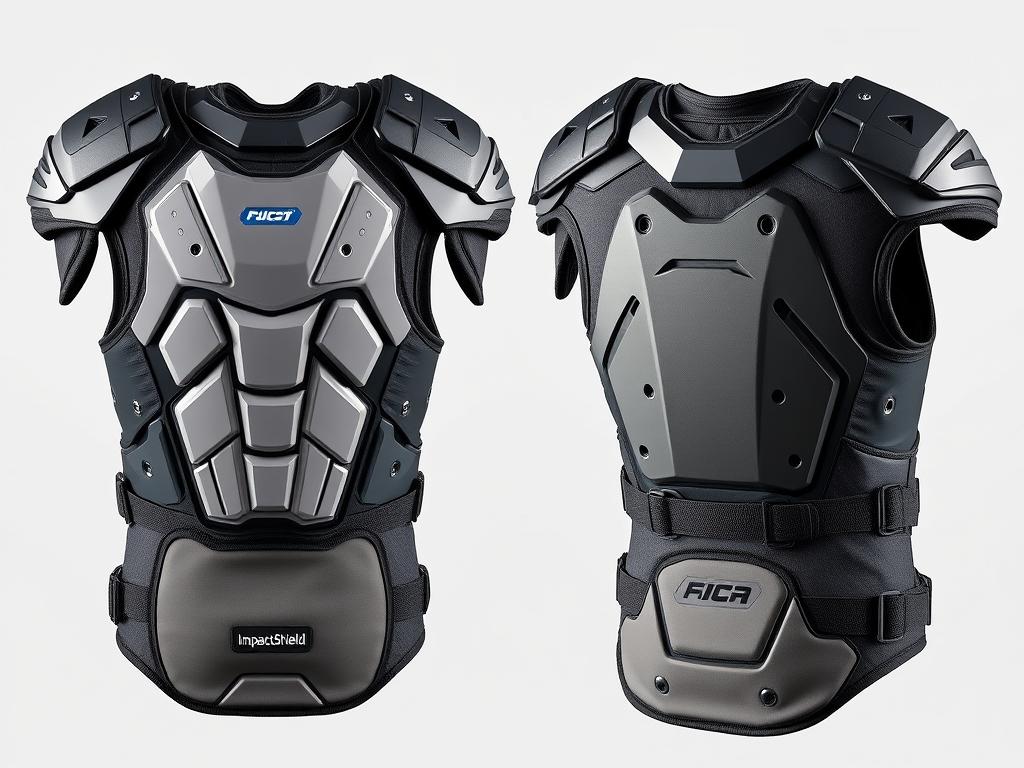
Pros
- Cantilever design disperses impact forces
- 30% lighter than traditional pads
- Moisture-wicking liner prevents odor
- Adjustable for growing athletes
- NOCSAE certified for multiple sports
Cons
- Premium price point
- Requires proper fitting for optimal protection
- Not suitable for all positions without customization
Shin Guards
Soccer shin guards have become more anatomically correct in 2025, with designs that provide better protection while conforming to the natural shape of a child’s leg.
StrikeShield Youth Soccer Shin Guards
These anatomically designed shin guards feature a contoured shell with foam backing that conforms to the leg. The compression sleeve design eliminates the need for straps while keeping the guard perfectly positioned during play.
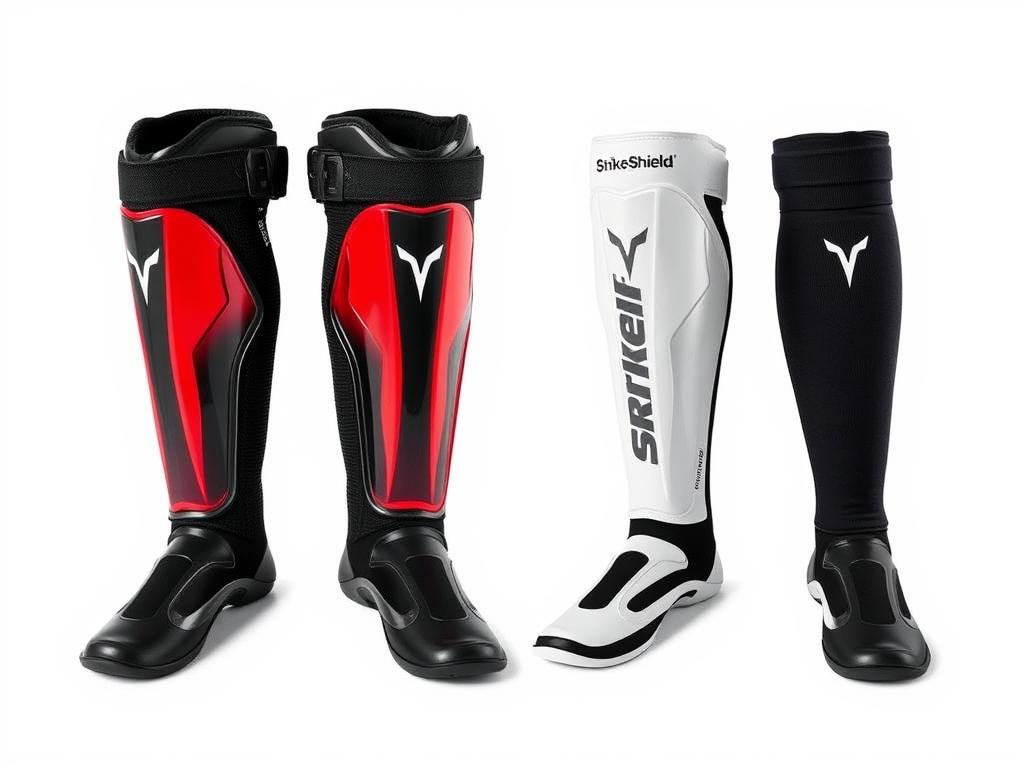
Pros
- Anatomical design for better fit
- Compression sleeve eliminates strap issues
- Breathable material reduces sweat buildup
- Front and ankle protection zones
- Machine washable sleeves
Cons
- Sleeves may wear out before guards
- Limited ankle protection compared to some models
- Sizing can be tricky (measure carefully)
Advanced Mouth Guards for Youth Sports
Mouth guards are essential for protecting teeth, gums, and reducing concussion risks in contact sports. The 2025 models offer improved protection with better comfort and breathability.
ShockBlock Youth Sports Mouth Guard
This boil-and-bite mouth guard features multi-layer technology with a soft inner layer for comfort and a rigid outer layer for protection. The breathing channels allow for better airflow during intense activity.
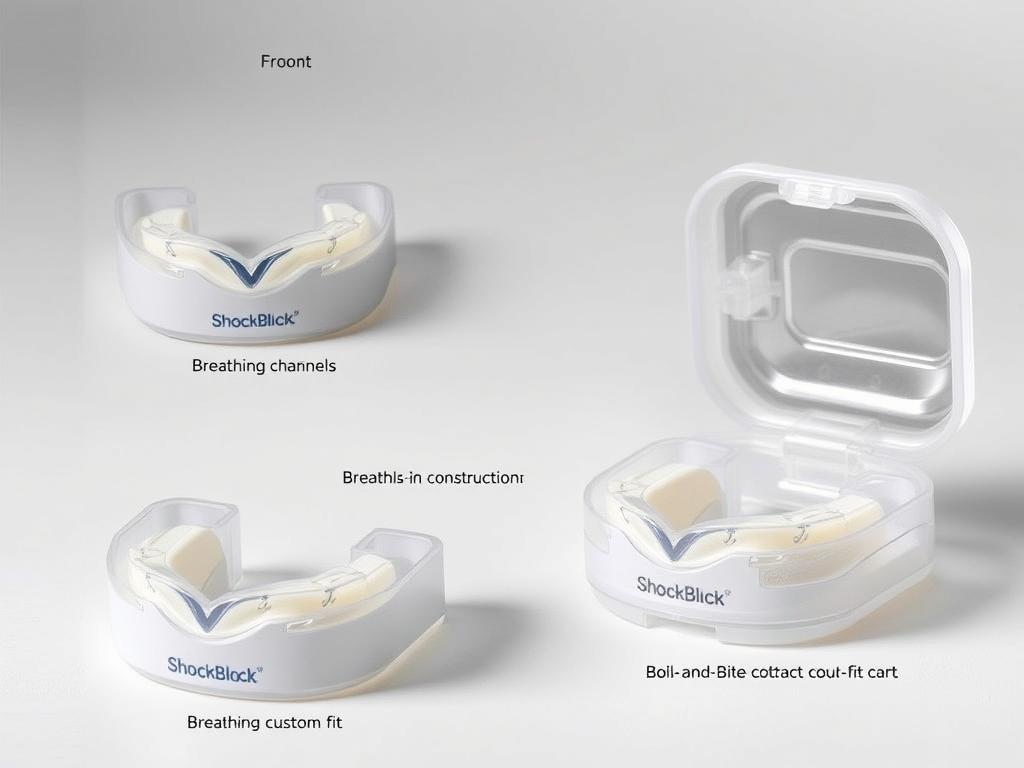
Pros
- Dual-layer protection system
- Breathing channels improve oxygen intake
- Boil-and-bite custom fit
- Includes ventilated case
- Available with or without strap
Cons
- Requires careful molding for proper fit
- May need replacement after 1-2 seasons
- Not suitable for children with braces (special braces model available)
Pro Tip: For youth athletes with braces, look for mouth guards specifically designed for orthodontic use. These provide additional space for braces while still offering full protection.
Sport-Specific Protective Equipment
Different sports require specialized protective gear to address their unique injury risks. Here are some essential sport-specific safety items for 2025.
Baseball/Softball Catcher’s Gear
Youth catchers need comprehensive protection from fast-moving balls and swinging bats. Modern catcher’s gear sets provide excellent protection while maintaining mobility.
DiamondElite Youth Catcher’s Set
This complete set includes a helmet with extended jaw protection, chest protector with shoulder caps, and leg guards with extra knee padding. The lightweight materials provide excellent protection without restricting movement behind the plate.
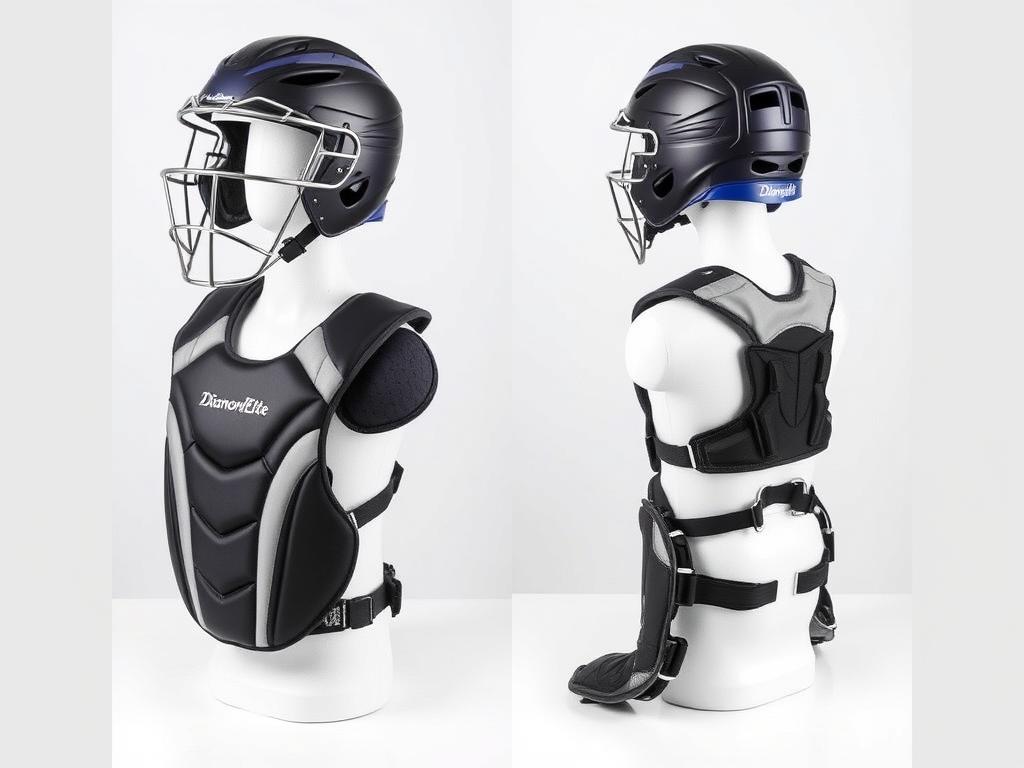
Pros
- Complete set ensures matching protection
- Extended coverage in vulnerable areas
- Moisture-wicking padding prevents odor
- Adjustable straps accommodate growth
- Meets all NOCSAE standards
Cons
- Higher initial investment than individual pieces
- Storage requires more space
- Some users report leg guard strap durability issues
Football Rib and Back Protection
Specialized rib and back protectors have become essential for youth football players, helping prevent serious internal injuries during tackles and falls.
TackleShield Youth Rib Protector Shirt
This compression shirt features integrated rib and back padding that hardens on impact to protect vital organs. The breathable fabric keeps young athletes cool while the low-profile design fits comfortably under uniforms and pads.

Pros
- Impact-hardening technology protects vital organs
- Compression fit prevents shifting during play
- Moisture-wicking fabric keeps players dry
- Machine washable (gentle cycle)
- Low profile fits under standard pads
Cons
- Premium price point
- Sizing runs small (order one size up)
- Limited color options
Youth Equipment for Sports Safety Program
Did you know? The YESS (Youth Equipment for Sports Safety) Program provides matching grants to help schools and youth sports organizations purchase high-quality protective equipment. Learn if your organization qualifies for assistance.
Youth Sports Safety Gear Buying Guide
When shopping for youth sports protective equipment, several key factors should guide your decision-making process to ensure you’re getting the right gear for your child’s specific needs.
Proper Sizing and Fit
The most important aspect of any protective gear is proper fit. Equipment that’s too large won’t stay in place during activity, while gear that’s too small can be uncomfortable and restrict movement.
Sizing Tip: Always measure your child according to the manufacturer’s specific sizing guide rather than relying on age ranges. Children of the same age can vary significantly in size.
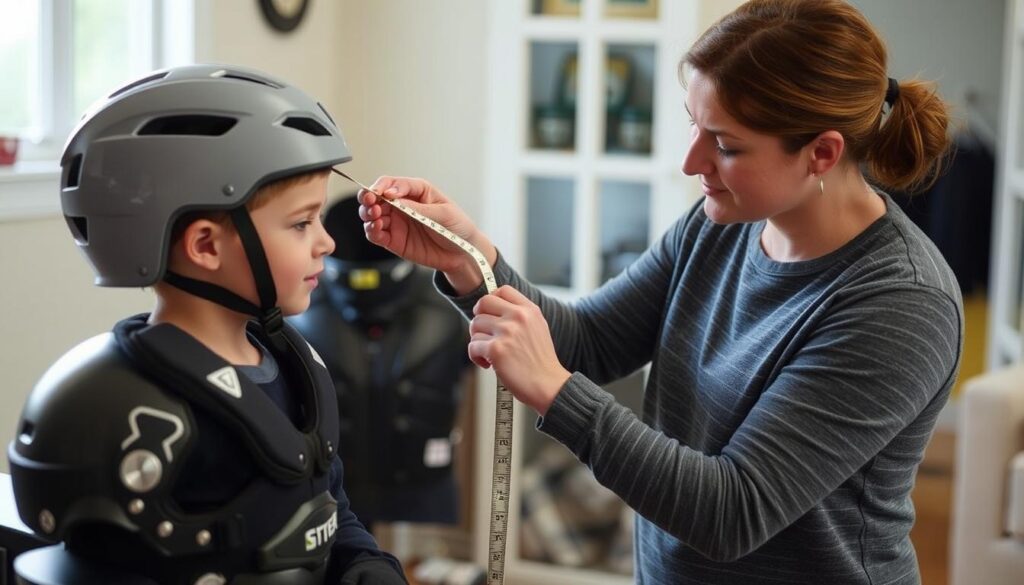
Safety Certifications
Always look for appropriate safety certifications when purchasing protective gear. These standards ensure the equipment has been tested and meets minimum safety requirements.
| Sport | Certification | What It Means |
| Football Helmets | NOCSAE | Meets impact standards for head protection in football |
| Baseball/Softball Helmets | NOCSAE | Tested for protection against ball impacts up to 70 mph |
| Cycling Helmets | CPSC | Meets Consumer Product Safety Commission standards |
| Hockey Helmets | HECC | Hockey Equipment Certification Council approved |
| Lacrosse Helmets | NOCSAE | Meets specific lacrosse impact standards |
| Mouth Guards | FDA | Meets food and drug administration safety standards |
Material Quality and Durability
Quality materials not only provide better protection but also ensure the gear will last through a season or more of active use. Look for reinforced stitching, quality foam that doesn’t compress easily, and durable outer shells.
Signs of Quality Construction
- Double stitching at stress points
- Multi-density foam layers
- Reinforced attachment points for straps
- Moisture-wicking inner materials
- UV-resistant outer materials
Red Flags to Watch For
- Single-layer, low-density foam
- Plastic buckles that feel brittle
- Velcro that doesn’t attach firmly
- Thin, non-breathable fabrics
- Missing or vague safety certifications
Budget Considerations
While quality safety gear is an investment in your child’s wellbeing, there are ways to manage costs without compromising on protection.
Entry-Level
Basic protection that meets safety standards. Good for beginners or those trying a sport for the first time.
Price Range: $20-75 per item
Best For: Recreational play, beginners, rapidly growing children
Mid-Range
Better protection, comfort and durability. Suitable for regular competitive play at school or club level.
Price Range: $75-150 per item
Best For: School teams, club sports, committed players
Premium
Advanced protection technologies, maximum comfort and durability. For serious competitive athletes.
Price Range: $150+ per item
Best For: Elite competition, travel teams, specialized positions
Money-Saving Tip: Consider team or group purchases to qualify for bulk discounts. Many manufacturers and retailers offer team pricing that can save 15-30% on identical items.
Maintaining Youth Sports Safety Gear
Proper maintenance of protective equipment ensures it continues to provide optimal protection throughout its lifespan. Follow these guidelines to keep your child’s gear in top condition.
Cleaning and Storage
- Clean gear after every use to prevent odor and bacterial growth
- Follow manufacturer’s cleaning instructions precisely
- Allow gear to dry completely before storing
- Store in a cool, dry place away from direct sunlight
- Use equipment bags with ventilation to prevent mildew
Regular Inspection
- Check for cracks, tears, or compression in protective elements
- Ensure all straps, buckles, and fasteners work properly
- Look for worn areas that might compromise protection
- Test adjustable elements to ensure they still function
- Verify that sizing remains appropriate as your child grows
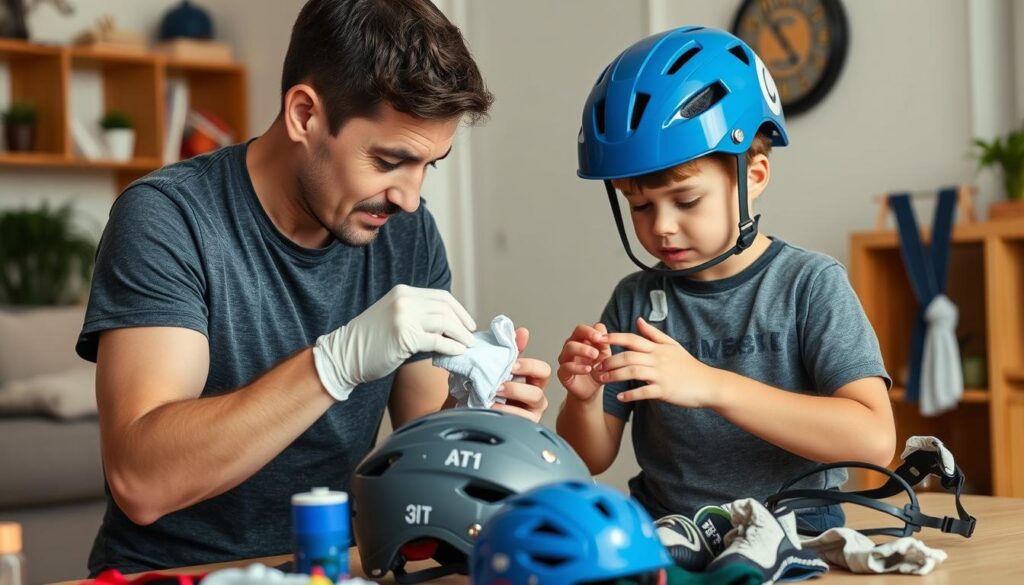
Important: Always replace any piece of safety equipment involved in a significant impact, even if there’s no visible damage. Internal protective structures can be compromised without showing external signs.
Frequently Asked Questions About Youth Sports Safety Gear
How often should helmets be replaced?
Most manufacturers recommend replacing helmets every 3-5 years under normal use, as materials can degrade over time. However, any helmet involved in a significant impact should be replaced immediately, regardless of age or visible damage. Additionally, helmets should be replaced when they no longer fit properly due to your child’s growth.
Is used safety gear safe to purchase?
Used safety gear can be risky because you don’t know its impact history. While some items like shin guards or elbow pads might be acceptable to purchase used if they’re in excellent condition, critical protection items like helmets should always be purchased new. The internal protective structures of helmets can be compromised without visible external damage.
What’s the difference between youth and adult safety gear?
Youth safety gear is specifically designed for smaller bodies and developing bones. It’s not simply a scaled-down version of adult equipment. Youth gear often has additional padding in vulnerable areas, different impact absorption properties, and design features that accommodate growing bodies. Using adult gear on children can result in poor fit, inadequate protection, and restricted movement.
Are more expensive safety products always better?
Not necessarily. While premium products often offer advanced features and materials, the most important factor is proper certification and fit. A properly fitted, certified mid-range product will provide better protection than a premium product that doesn’t fit correctly. Focus first on meeting safety standards and achieving proper fit, then consider additional features if your budget allows.
How do I know if my child’s safety gear fits correctly?
Proper fit varies by equipment type, but generally, gear should be snug without being uncomfortable or restrictive. Helmets should not shift when the head moves but shouldn’t cause pressure points. Pads should cover the intended areas completely without gaps. Many sporting goods stores offer fitting services, or you can consult your child’s coach for sport-specific fitting guidance.
Protecting Young Athletes: The Bottom Line on Safety Gear
Investing in quality safety gear for youth sports is one of the most important decisions parents can make to protect their young athletes. The best safety gear for youth sports combines certified protection, proper fit, and comfort that won’t distract from the joy of playing. As we’ve seen in this 2025 guide, advances in materials and design continue to improve protection while enhancing performance.
Remember that no piece of equipment can prevent all injuries, but proper gear significantly reduces risks when combined with good coaching, proper technique, and appropriate conditioning. Regular inspection and maintenance of safety equipment, along with prompt replacement when necessary, ensures your child receives optimal protection throughout their sporting activities.
By prioritizing safety without compromising on comfort and performance, you’re helping your young athlete build confidence, develop skills, and enjoy their sports experience to the fullest. After all, the best games are the ones where everyone stays safe and has fun.
Keep Your Young Athlete Protected
Ready to equip your child with the best safety gear for their sport? Visit your local sporting goods retailer for professional fitting assistance, or shop online with retailers that offer detailed sizing guides and easy returns.




